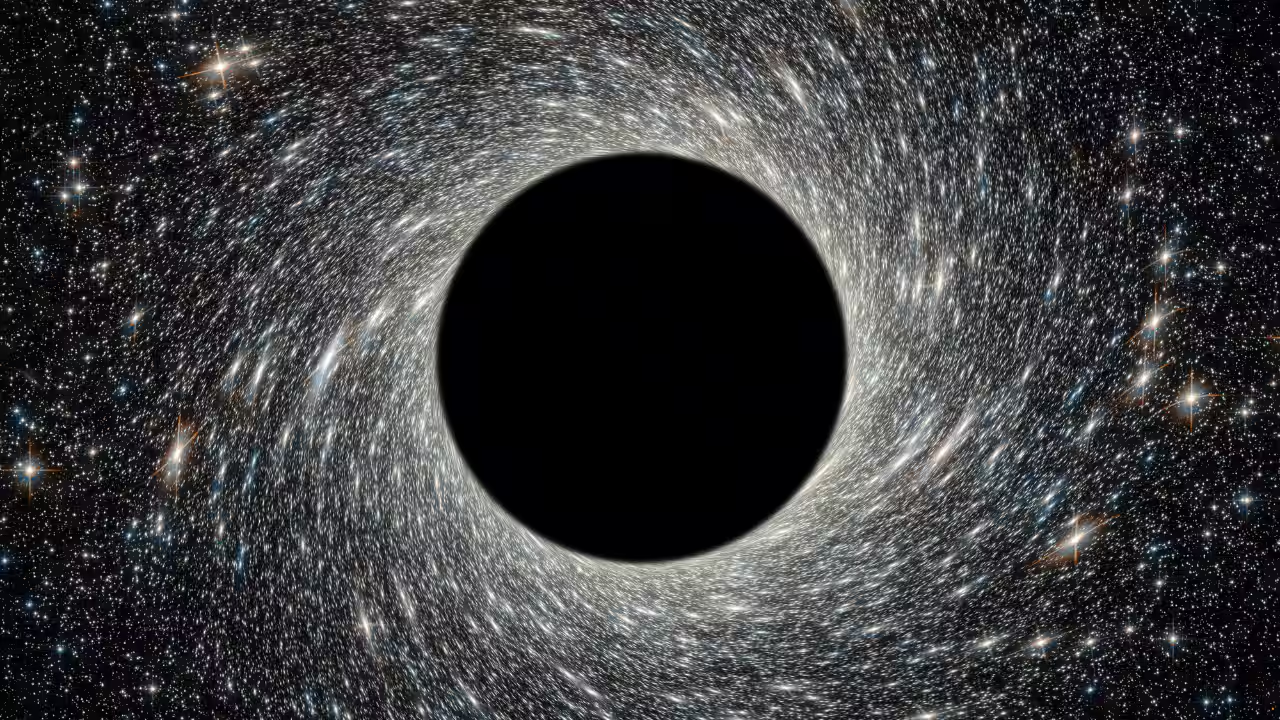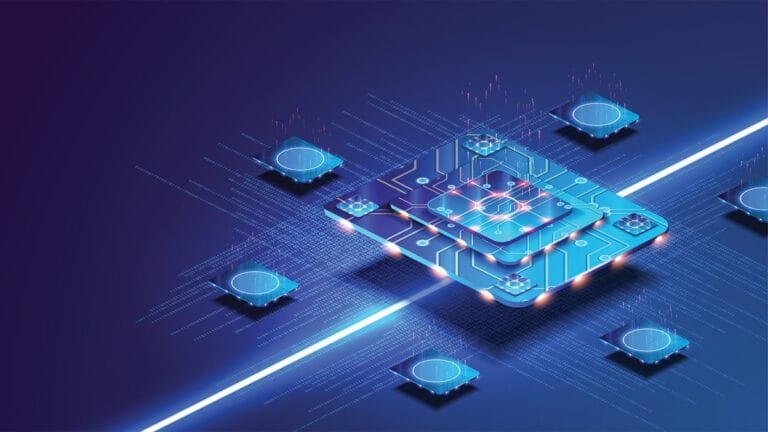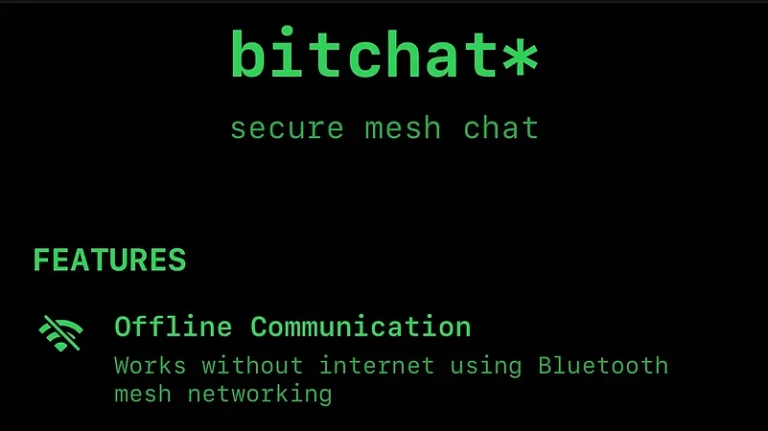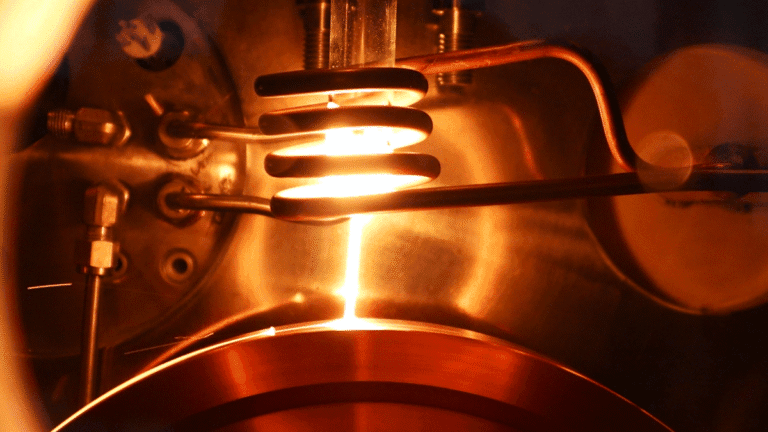
Introduction: What in the Universe is a “Black Hole Bomb”?
Imagine a concept so mind-bending, so seemingly plucked from the pages of a science fiction novel, that it simultaneously fascinates and unnerves. Enter the enigmatic “black hole bomb.” While the name itself conjures images of cosmic destruction, the reality, though rooted in complex physics, is far more nuanced and equally captivating. This isn’t about weaponizing black holes in a literal sense, but rather understanding a profound theoretical effect known as superradiant instability, where the very fabric of spacetime around a rotating black hole can amplify energy in an explosive manner.
The journey to understanding this phenomenon began decades ago with pioneering minds. In 1969, the brilliant mathematical physicist Roger Penrose laid the groundwork with his groundbreaking proposal on extracting energy from rotating black holes, a concept that would later be termed black hole superradiance. Building on this, in 1971, Yakov Zel’dovich, a Belarusian physicist, delved deeper, realizing that a rotating object could, under specific conditions, amplify electromagnetic waves – an effect now known as the Zel’dovich effect. The culmination of these ideas, leading to the first theoretical discussion of a runaway effect, the black hole bomb, was explored by W. H. Press and S. A. Teukolsky in 1972. Their work opened a new frontier in theoretical astrophysics, hinting at the universe’s hidden, explosive potentials.
The Science Behind the “Bomb”: How Does it Work?
To truly grasp the concept of a black hole bomb, we must first delve into the fascinating physics of superradiance. Superradiance is a phenomenon where waves (like light or gravitational waves) can be amplified when they scatter off a rotating black hole. Imagine a wave approaching a spinning black hole. If the wave’s frequency is below a certain critical value, and it enters a region called the ergosphere (a region outside the event horizon where spacetime itself is dragged along by the black hole’s rotation), it can extract rotational energy from the black hole, emerging with more energy than it initially had. This is akin to a tennis ball hitting a spinning tennis racket and bouncing off with increased speed.
The Zel’dovich effect, a crucial component of the black hole bomb theory, extends this idea beyond black holes. Zel’dovich theorized that any rotating absorber, if its surface moves faster than the incoming wave, could amplify that wave. This principle is fundamental to how the lab-built analogs function.
The “bomb” mechanism itself arises when this amplified field is reflected back towards the black hole. Think of it like a positive feedback loop. If you place mirrors around a spinning black hole, the amplified waves would be reflected back, re-entering the ergosphere for further amplification. This repeated amplification leads to a runaway growth of the field, an exponential increase in energy, culminating in what is theoretically an explosive release. This is the essence of superradiant instability – a self-amplifying cycle that, in the cosmic context, could be as powerful as a supernova. In essence, the black hole acts as an energy amplifier, and the surrounding environment (or in the lab, carefully designed components) acts as a mirror, trapping and intensifying this amplified energy.
From Theory to Reality: Lab-Built “Black Hole Bombs”
For decades, the black hole bomb remained a fascinating theoretical construct. However, recent breakthroughs have brought this concept from the realm of pure theory into the laboratory. Physicists from institutions including the University of Southampton, the University of Glasgow, and Italy’s National Research Council have successfully created experimental analogs of the black hole bomb, providing tangible validation for this long-standing theory.
These lab-built “bombs” don’t involve actual black holes, but rather ingenious setups that mimic the conditions necessary for superradiant amplification. A common experimental design involves a rotating aluminum cylinder, driven by an electric motor. This cylinder is then surrounded by layers of magnetic coils. These coils serve a dual purpose: they generate a magnetic field that interacts with the rotating cylinder, and they also act as a mirror, reflecting the magnetic field back towards the cylinder. This setup effectively harnesses the Zel’dovich effect.
In these experiments, a weak magnetic field is directed at the cylinder. The key observation is that the field reflected by the cylinder is significantly stronger, demonstrating the superradiance effect. Even more remarkably, when the initial weak magnetic field is removed, the circuit itself generates waves that are then amplified by the spinning cylinder, causing the coils to accumulate energy. This directly verifies Zel’dovich’s prediction that a rotating absorber can transition from absorbing to amplifying waves if its surface moves faster than the incoming wave.
It is crucial to emphasize that these laboratory creations are not actual black holes, nor are they dangerous in any practical sense. Their energy yield is minuscule, on the order of a millijoule – roughly the energy expended by pressing a single key on a mechanical keyboard. However, their significance lies in their ability to validate the theoretical framework of the black hole bomb, proving that the underlying physical principles are sound and can be replicated in a controlled environment. These experiments confirm the plausibility of extracting rotational energy from a black hole, as theorized by Penrose and Zel’dovich, and provide a tangible platform for further study.
Why Does This Matter? Implications for Astrophysics and Beyond
The successful creation of black hole bomb analogs in the laboratory represents a monumental leap forward in our understanding of black holes and the fundamental laws of physics. While these experiments do not involve actual black holes, they provide invaluable insights into the extreme environments of these cosmic behemoths, particularly concerning their rotation and energy extraction mechanisms.
These lab-based models serve as powerful tools for physicists to explore complex concepts at the intersection of astrophysics, thermodynamics, and quantum theory. By observing how these analogs behave under controlled conditions, scientists can gain a deeper appreciation for the intricate interplay of gravity, energy, and spacetime around real black holes. This research could help unravel mysteries such as how black holes acquire and shed their spin, and how they interact with surrounding matter and fields.
The implications extend beyond theoretical astrophysics. The black hole bomb concept, and its experimental validation, hints at the possibility of new physics beyond the Standard Model. If such an effect were to spontaneously occur in nature, it could suggest that black holes possess properties, or “hair,” that are not accounted for by current theories. This opens exciting avenues for exploring alternative theories of gravity and the nature of fundamental particles.
Furthermore, the research suggests that the full realization of a black hole bomb, while still theoretical in the cosmic sense, is a matter of “when, not if.” This doesn’t imply an impending cosmic catastrophe, but rather that the underlying principles are robust and could manifest under specific, albeit extreme, natural conditions. Future research will undoubtedly focus on refining these experimental setups, exploring different types of bosonic fields, and pushing the boundaries of our understanding of superradiant instability. The goal is to further validate the theoretical framework and to potentially uncover new phenomena that could reshape our understanding of the universe.
Conclusion: The Future of Black Hole Research
The “black hole bomb” is a concept that transcends the boundaries of science fiction, offering a profound glimpse into the extreme physics governing our universe. From its theoretical inception by Penrose, Zel’dovich, Press, and Teukolsky, to its recent experimental validation in laboratories, this phenomenon underscores the incredible power and complexity inherent in rotating black holes.
While the lab-built analogs are harmless, their significance cannot be overstated. They provide a tangible bridge between abstract theoretical physics and observable phenomena, allowing scientists to probe the deepest mysteries of black holes and their interactions with the cosmos. The journey to fully comprehend the implications of superradiant instability is ongoing, promising to unlock new insights into the fundamental laws that govern our universe.
As we continue to explore the universe, the “black hole bomb” stands as a testament to the boundless ingenuity of scientific inquiry and the endless wonders that await discovery in the vast expanse of space. It reminds us that even the most fantastical ideas can, with rigorous investigation, reveal profound truths about the nature of reality. The future of black hole research is an exciting frontier, and the “black hole bomb” is undoubtedly a key to unlocking its secrets.






